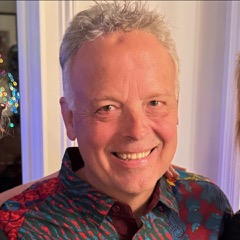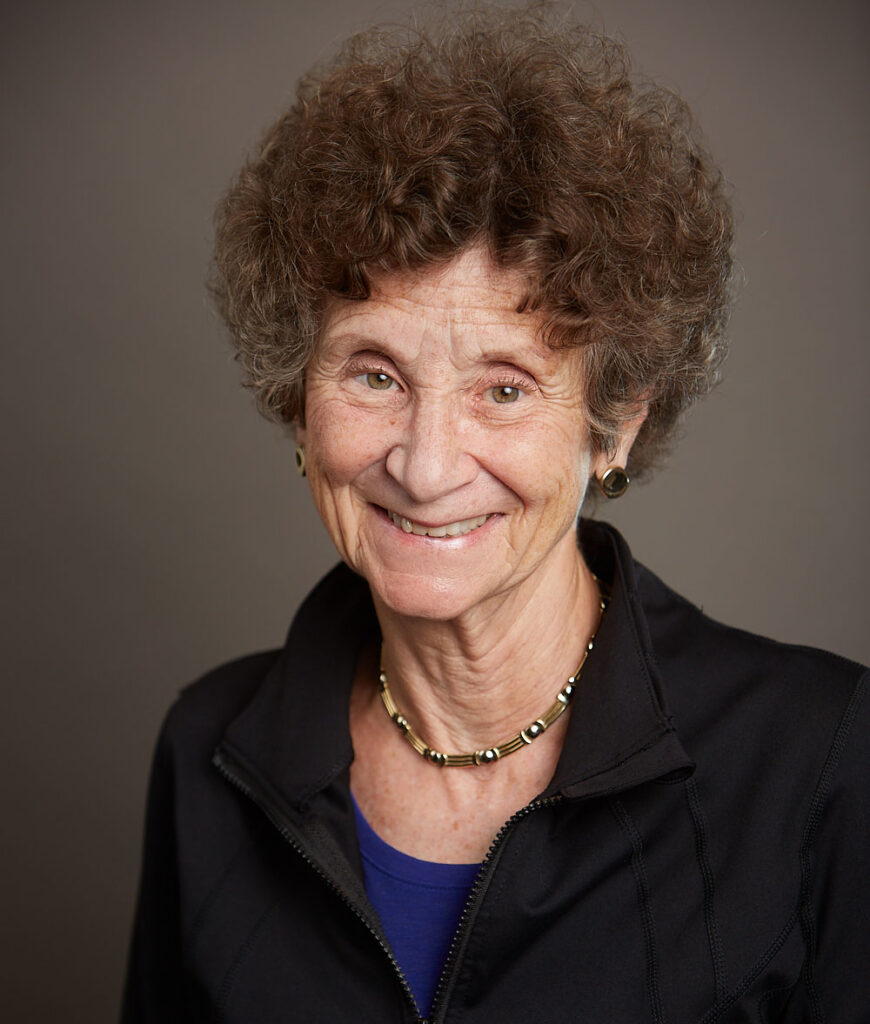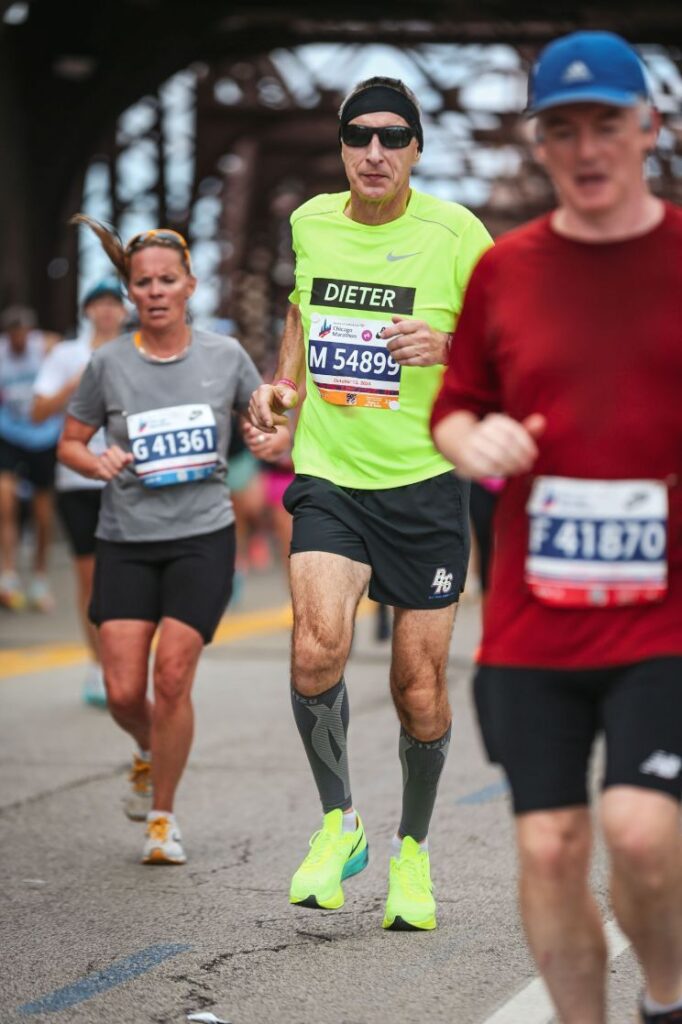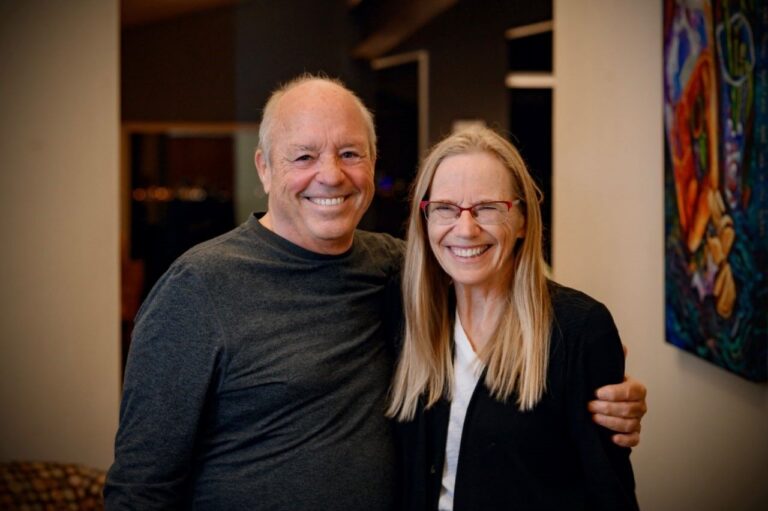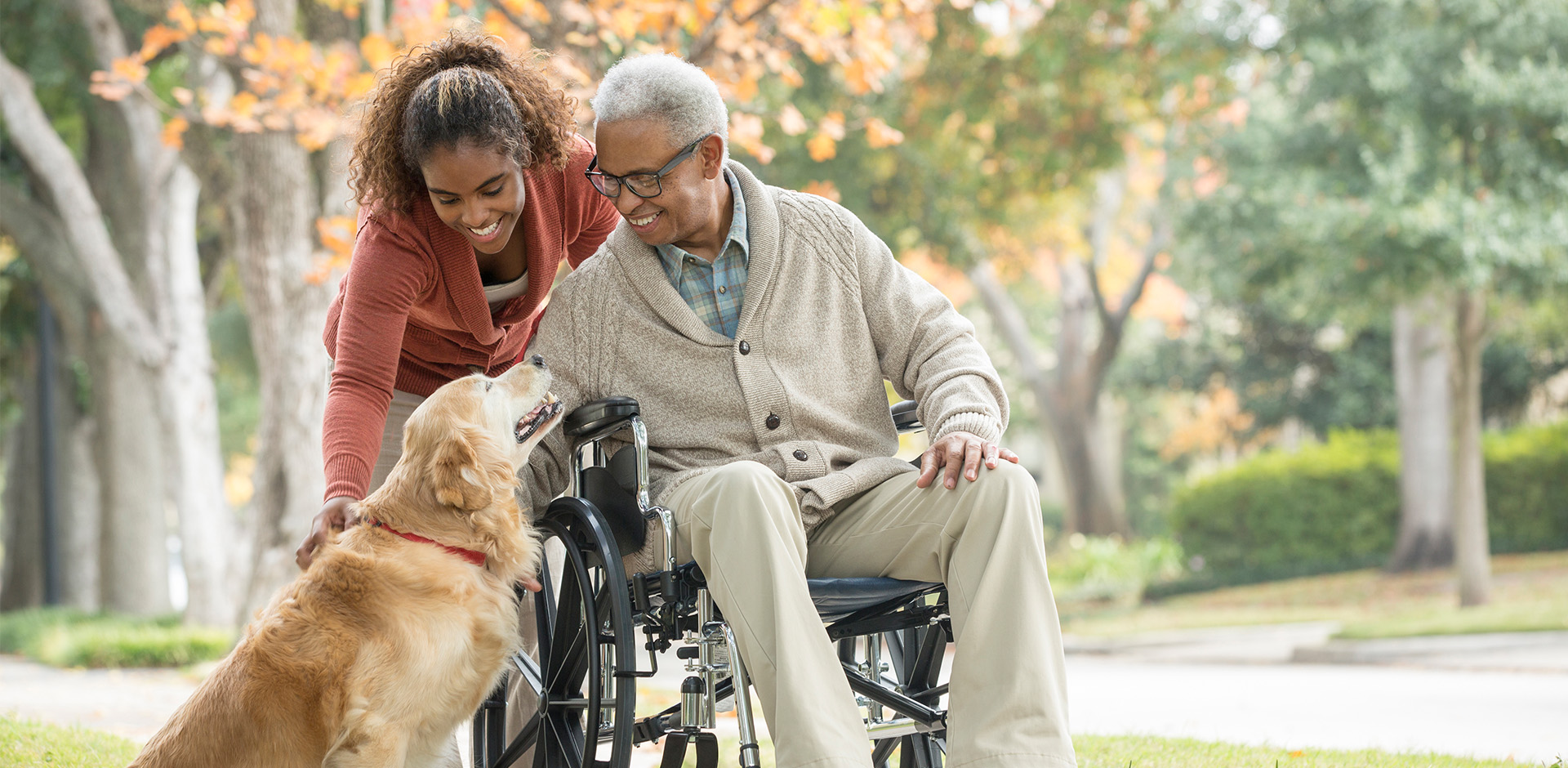Lt. Col. Eugene Richardson: Why Me? vs What Now?
It is not news that neuropathy all too often creates serious disabilities. Life can be turned upside down. We often lose the ability to do things we have taken for granted, challenging the very core of our life’s purpose and meaning. Every one of us has been there in this struggle and it is natural to ask ourselves, “Why me”?
Eventually, we begin to search for adjustments to renew our purpose for living. It is what we call normal grief work; emotional work that must be done by anyone who experiences a loss. However, there comes a time when we must refuse to remain fixed on “why me”, seeing ourselves as helpless victims to those around us.
As you leave the question of “why” behind, you discover the “what” questions. What can I do? What are my choices? These “what” questions surprise us with the discovery of new purpose, driving our resolve in the face of the darker side of living, inspiring hope and leading us to answers. Unfortunately, turning the question from “why” into “what” isn’t always easy.
For me, the answer on how to turn neuropathy into something that will help others, while helping myself, is a journey well worth exploring. How can I build a new purpose out of this seemingly deep black hole of darkness? Most of know by now that an instant miracle cure-all pill does not exist for neuropathy although we are making progress through research and practical ideas from patients. So, when you look at the “what” question, instead of the “why” question, where might it send you? You may discover new worlds which you would have never otherwise known.
Debbie Dawson, RN and chronic PN sufferer, wrote this practical, simple guide that can help you work your way through these questions. Make a list for each of the following situations:
“Things I can no longer do.” (Examples: Power walking, climbing more than three stairs or steep incline, running a race, driving a car without hand controls, lifting heavy items, standing for any long period, climbing a ladder, holding a job, taking a walking tour, or any major chore around the house).
“Things I couldn’t do before, but can now.” (Examples: Have time to write, spend more time with family and friends, spend time listening to teenage grandchildren, have enjoyable dinners with friends, understand the challenges faced by the handicapped and disabled).
“Things I do the same as before.” (Examples: Sit in the sunroom enjoying sunsets, watch educational TV, write articles, manage investments and home budget, eat, sleep, read, use my computer and use my cell phone, fish off a pier, watch the deer outside my camper, take pictures, enjoy my dog, help other neuropathy patients, support research).
“Things I can still do, but differently.” (Examples: Go to the mall using an aid, walk the dog with the scooter, write using a thick pen, go on an ocean cruise with the scooter, hunt turkey with help and a blind, go camping with automated equipment, drive – but limit driving to not more than four hours, go up a few stairs by pulling with arms on hand rail, stay active).
“Things I can do differently, just not ready to yet.” (Examples: Ride the scenic train in Canada, have house modified for handicapped access, purchase a vehicle for the handicapped with hand controls).
With the help of this guide, you can find new meaning and purpose for living. You can go beyond your limitations to a better world where surprise discoveries, new experiences, and new ways of doing things become the foundation for a new brave world beyond limitations imposed by chronic neuropathy.
